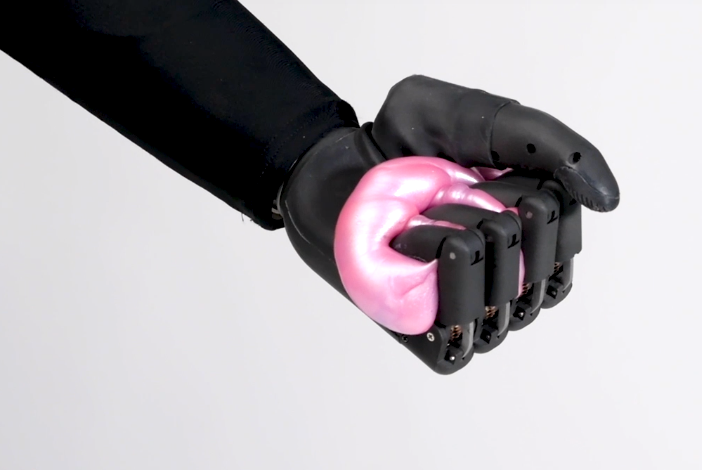Prosthetics in our times: a brief overview



The time we are going through is fast-paced and busy. Everyone seems to race against time and falling behind always comes at a steep cost. The connected nature of our society demands collective effort and collective progress. People falling behind are the ones who tend to burden the life force around them. This accumulating load gradually slows down the progress and development of entire societies.
In the medieval era, prostheses were rare, expensive and lacked any promise of functionality. They were mostly flaunted as a symbol of status, importance and power. In our times carrying an object with no functionality for any prospect is considered an idiotic decision. And fortunately, today’s prostheses are full of functionality and provide an empowering wielding experience. After the emergence of myoelectric, bionic prostheses the scene evolved to a new level. The rehabilitation of amputees is now a process way smoother and full of untapped possibilities.
How rehabilitation works
Bionic reconstruction
After a life-saving amputation, the patient goes through a phase of instability and pain. A bionic prosthesis is best applied when the pain and suffering are thickest. Bionic reconstruction is sometimes essential for the installation of myoelectric interfaces. This procedure involves surgical interventions, yes! Multiple if necessary. The right length is obtained while keeping the muscles functional. More space is created by even further amputations of non-functional tissue. The bone is remodelled per the needs of a prosthesis and its bionic components. The existing anatomy is thus surgically modified as much as possible so that it can support the new enhancement.
Conditioning and incubation
Handling a bionic prosthesis and looking after it is not everyone’s cup of tea. An amputee must possess a basic idea of the tech or the aptitude to pick up new knowledge with time. Given the circumstances, an amputee goes through only the motivated and willing individuals can take up the challenge. A standard myoelectric prosthesis features a man-machine interface, demanding practice and knowledge. The conditioning period along with the bionic reconstruction processes are thus overseen by the manufacturer for flawless execution. During this process, a patient learns the abilities and drawbacks of a bionic enhancement. And is trained to maintain and perform mundane troubleshoots. This period is similarly arduous and long for the most advanced prosthetic arm in the market to the most basic ones.
Who should opt for it
Given the conditioning and training an amputee goes through, it is important an amputee decides really well if they are willing to take the hardship. Only the most motivated and willing amputees get to experience the full potential of their bionic enhancement.
Additionally, the EMG signals, upon which a prosthesis depends, must remain online. And this is ensured by preserving the muscles in a functional form. Amputations, failing to keep these muscles disqualifies an amputee on an anatomical foundation
It is also made sure that the relevant dermatome and nerve bundles are at an optimum state and free of any disorders. If there is any frequent recalibration can be performed for continuous performance, but the process is indeed complicated and even more challenging from a technical perspective.



